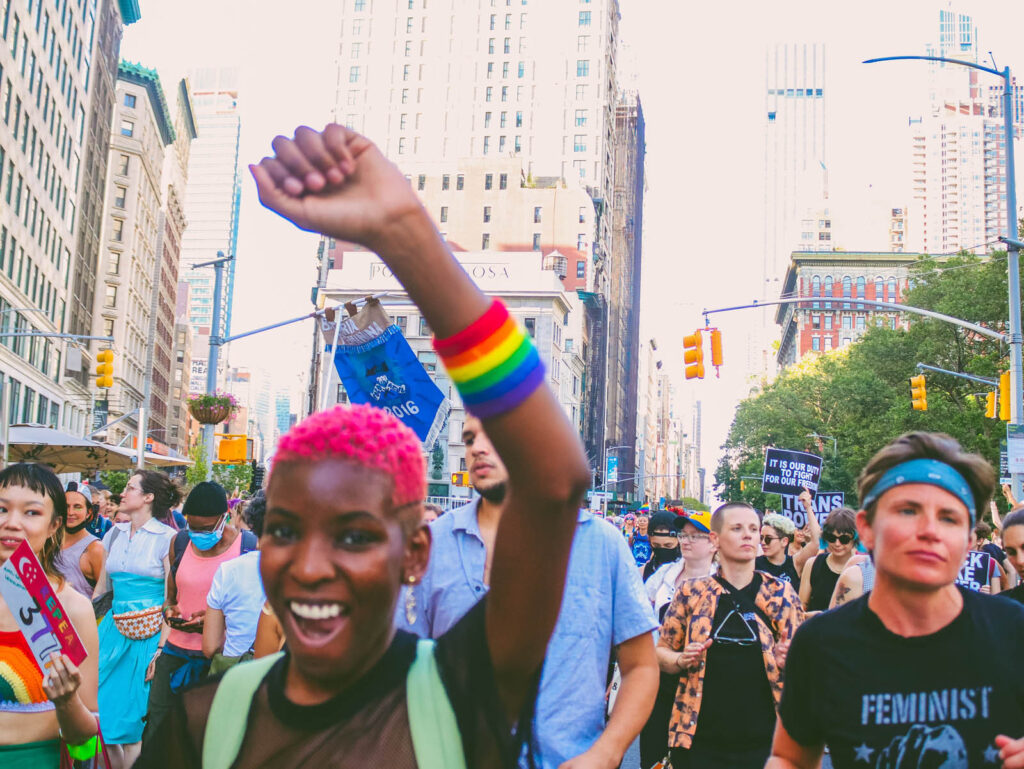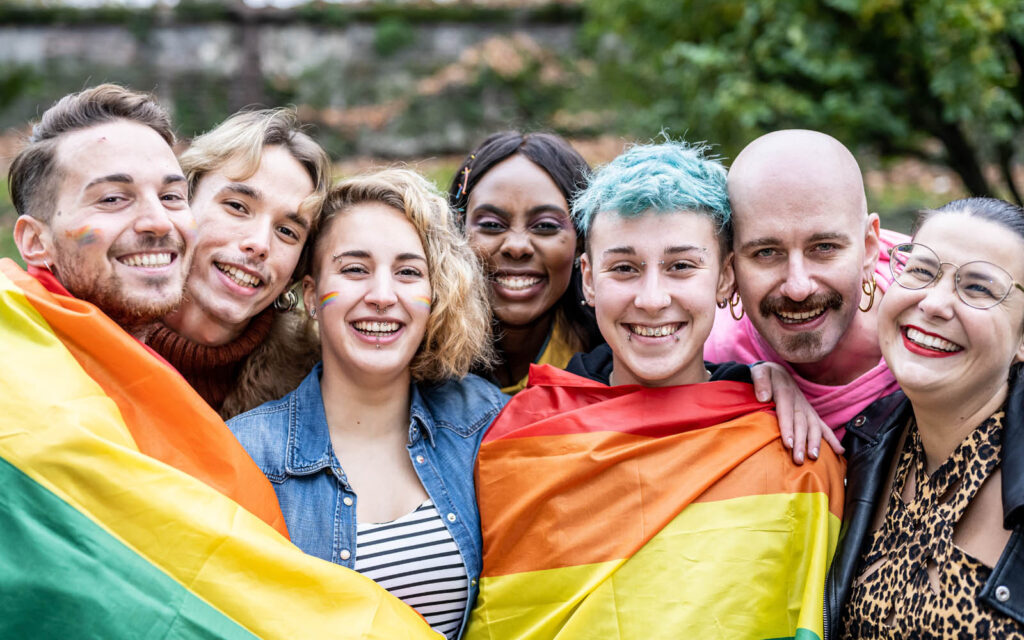
Case Study
DEVELOPING AN EMPATHIC UNDERSTANDING OF LGBTQ+ SHOPPERS
overview
So, what’s a brand to do when their current base of customers is not really diverse, but they want to change that? How can they develop an empathic understanding of LGBTQ+ consumers, as well as uncover potential “blind spots” (they don’t know what they don’t know) about this segment of consumers?
This was the challenge faced by our client, a large retailer typically located in rural locations. They sought to better engage with LGBTQ+ consumers but lacked foundational knowledge to do so.
THE PROBLEM
Our client, a rural lifestyle retailer, had recently established a Diversity and Inclusion task force and was looking to understand how LGBTQ+ consumers perceived their brand. They were looking for insights on how to better serve these customers and their communities.
They approached C+R for help in gaining insights into LGBTQ+ consumers, specifically, to understand the awareness/perceptions of their retail stores, as well as competitors, barriers for shopping at their stores, and opportunities to overcome these barriers. With these objectives in mind, C+R designed and conducted a two-part study: an online discussion board with a shopping mission among the LGBTQ+ community and an Attitude and Usage (A&U) study among the LGBTQ+ community, with a non-LGBTQ+ consumer analysis for comparison, to build foundational learning.

OUR APPROACH
Because our client sought learnings from the personal experience of LGBTQ+ consumers that shape their shopping destinations and preferences, C+R first conducted an online discussion board with a shopping mission. The purpose of this phase was to immerse the client in LGBTQ+ shoppers’ stories and perspective to provide a baseline understanding of how LGBTQ+ shoppers engage with the client’s brand and how the client’s brand can better engage with them. Learnings from the qualitative phase were also used to craft and inform the quantitative phase.
In total, approximately 30 LGBTQ+ shoppers took part in the 3-day online discussion board and completed a shopping mission. All respondents were 24 to 65 years of age, self-described as enjoying the outdoors and DIY activities, lived within a 17-mile zip code radius of a client retail store, and were either recent shoppers or non-recent shoppers of our client’s brand. Participants answered questions on their shopping philosophy, shopping joys and pain points, and their views on client and competitor brands. Each participant also provided advice to our client for how to best communicate with and delight LGBTQ+ shoppers.
In order to quantify perceptions of LGBTQ+ shoppers, C+R conducted an Attitude and Usage (A&U) study. The purpose of the survey was to cast a wide net of LGBTQ+ shoppers of the retail category to capture their perceptions of different aspects of both our client’s brand and key competitors – at a brand-level as well as in-store and experiential perceptions. By also including non-LGBTQ+ shoppers, we were able to compare groups to understand how LGBTQ+ shoppers are unique.
In total, about 600 shoppers took part in an online quantitative survey: 300 each among LGBTQ+ shoppers and non-LGBTQ+ shoppers. All respondents were over 18 years of age, lived within a 15-mile zip code radius of a client retail store, and were either recent shoppers or non-recent shoppers of our client’s brand. Those who had not shopped our client had shopped a competitor within the past 12 months.
Participants answered questions regarding their retailer usage (including familiarity and retailers shopped), retailer metrics (including retailer considerations, purchase recency, and preference), category needs and retailer perceptions (including perceptions of the client’s brand and competitors), and lifestyle and values questions (such as media usage and community group involvement).

The result
As a result of the online discussion and shopping mission, our client gained initial insights into how LGBTQ+ consumers engage with the retailer and how the retailer can engage with the community. The A&U study provided our client with detailed knowledge about the similar and differing ways LGBTQ+ and non-LGBTQ+ consumers viewed their brand versus competitors. They also learned of several important differences between current shoppers of their brand and lapsed shoppers, including in the drivers of retailer consideration, retailer priorities, and demographics.
The client also received numerous recommendations for how to better engage with LGBTQ+ consumers to improve engagement among these cohorts, establish their brand as allies of the LGBTQ+ community, and attract lapsed multicultural customers back to the stores.


proven experience
related case studies
